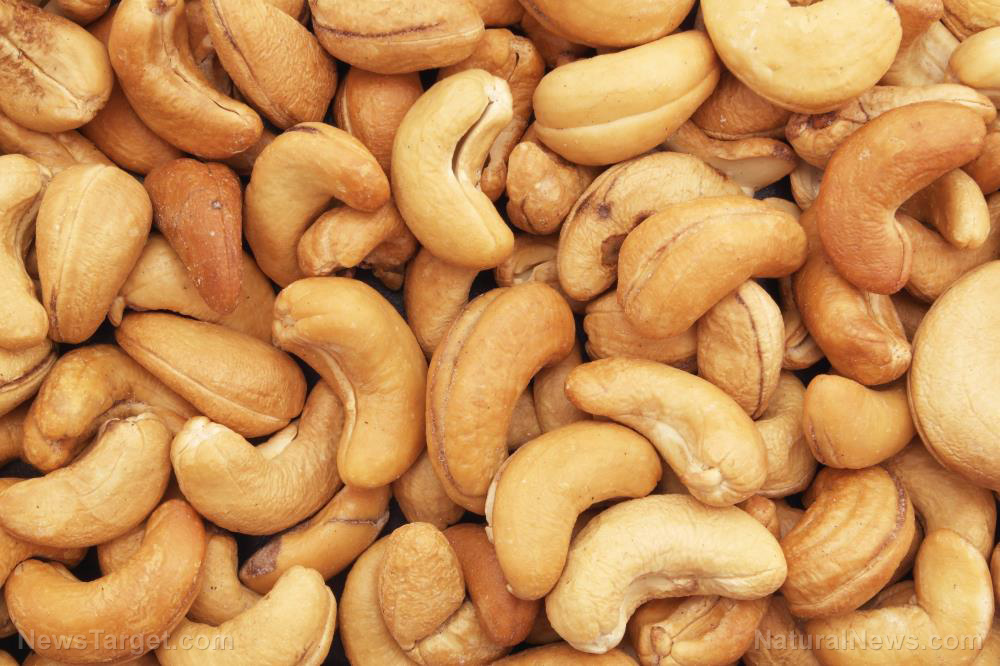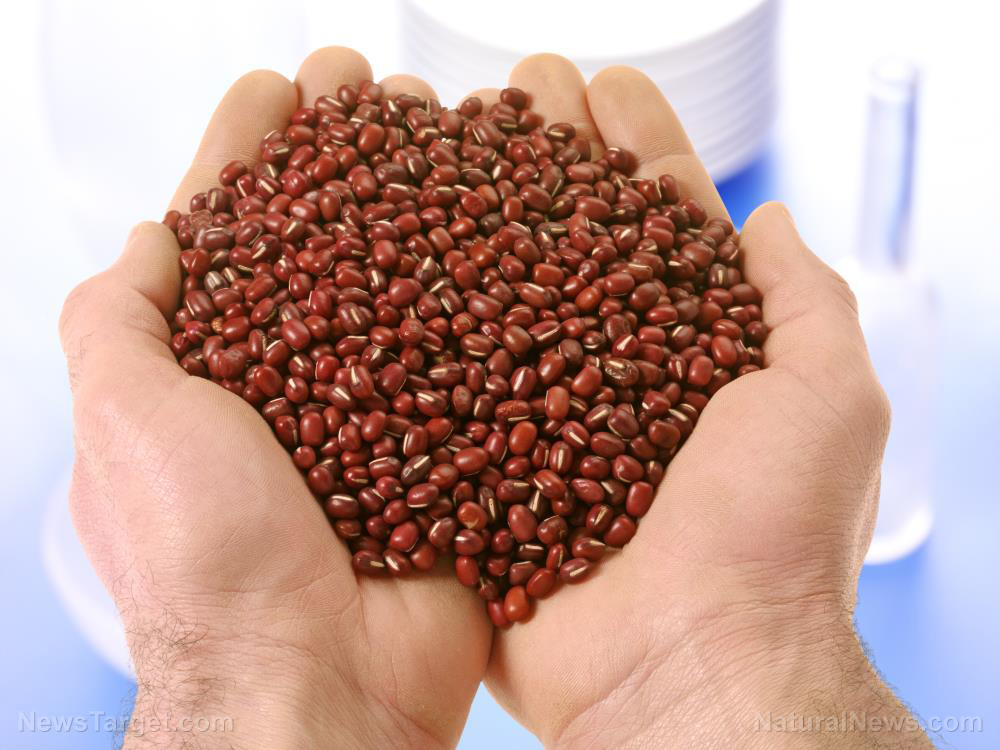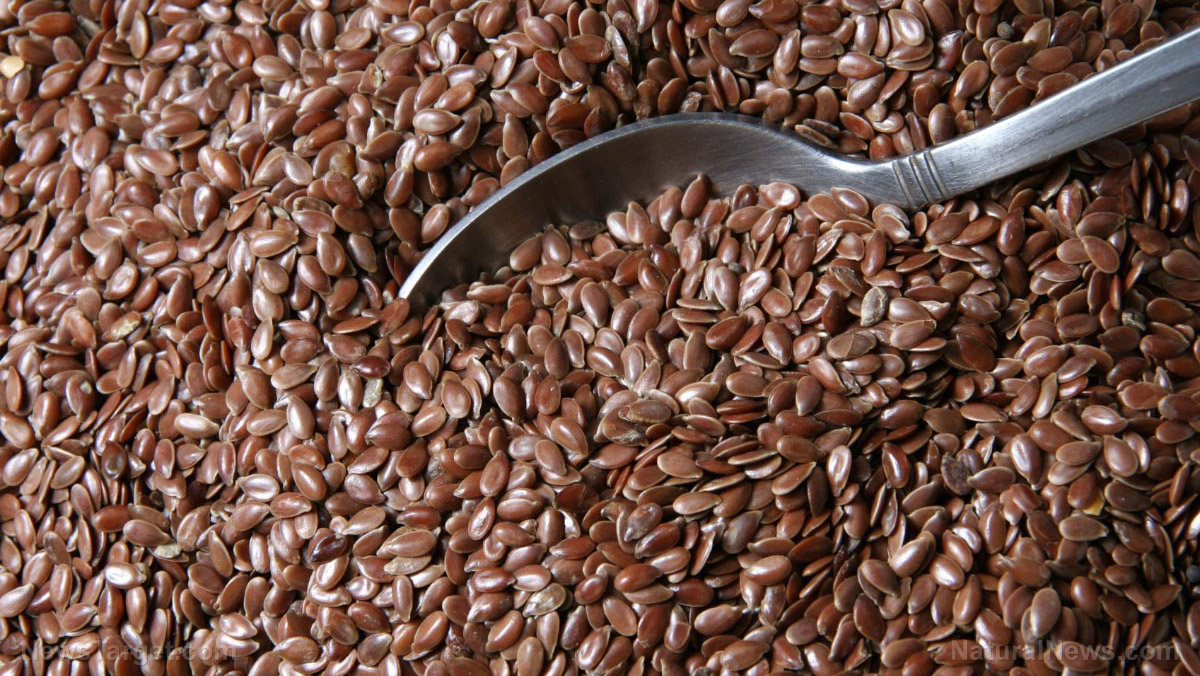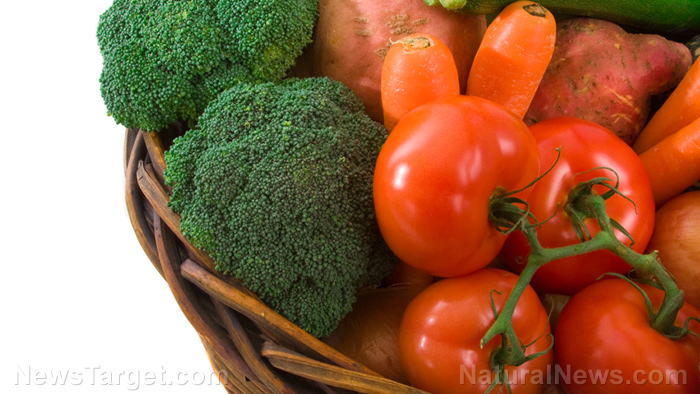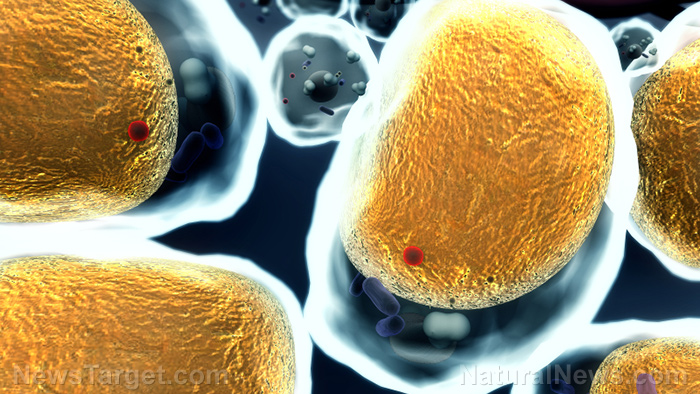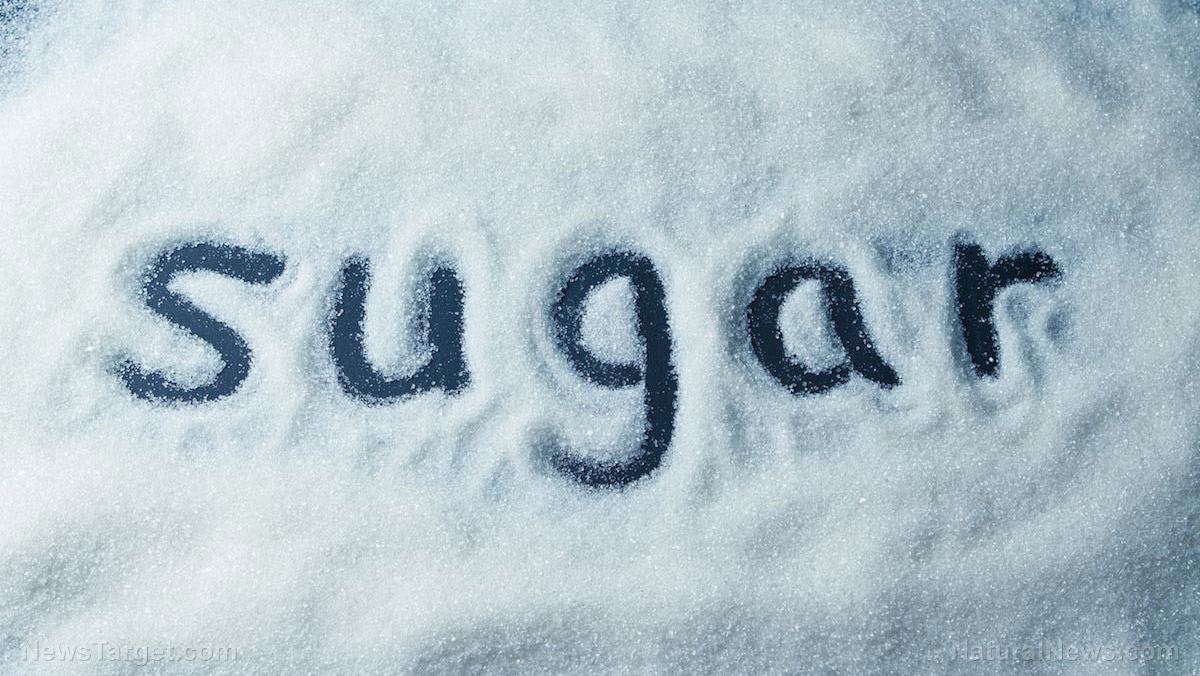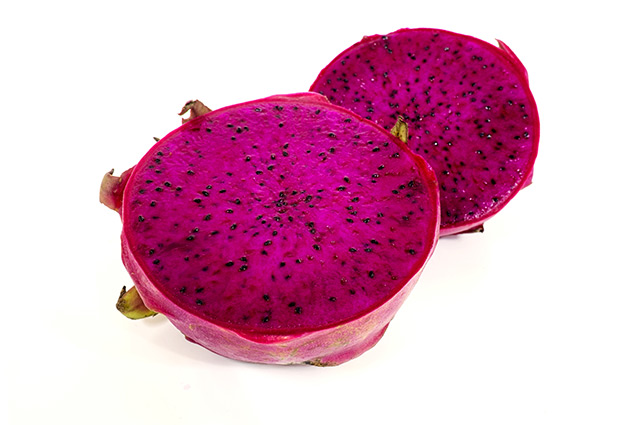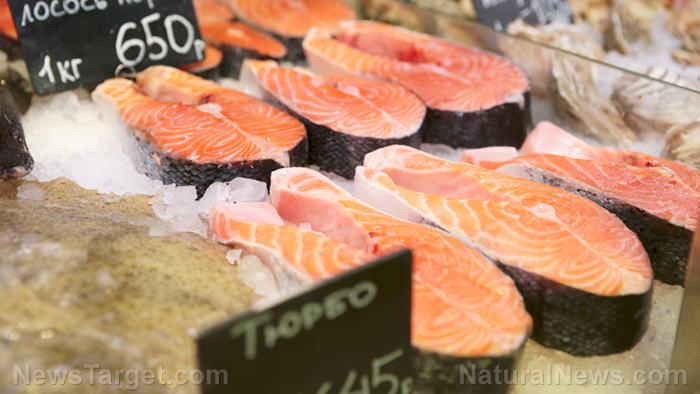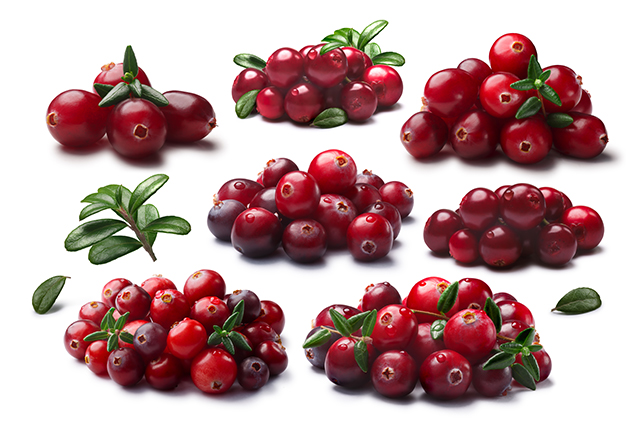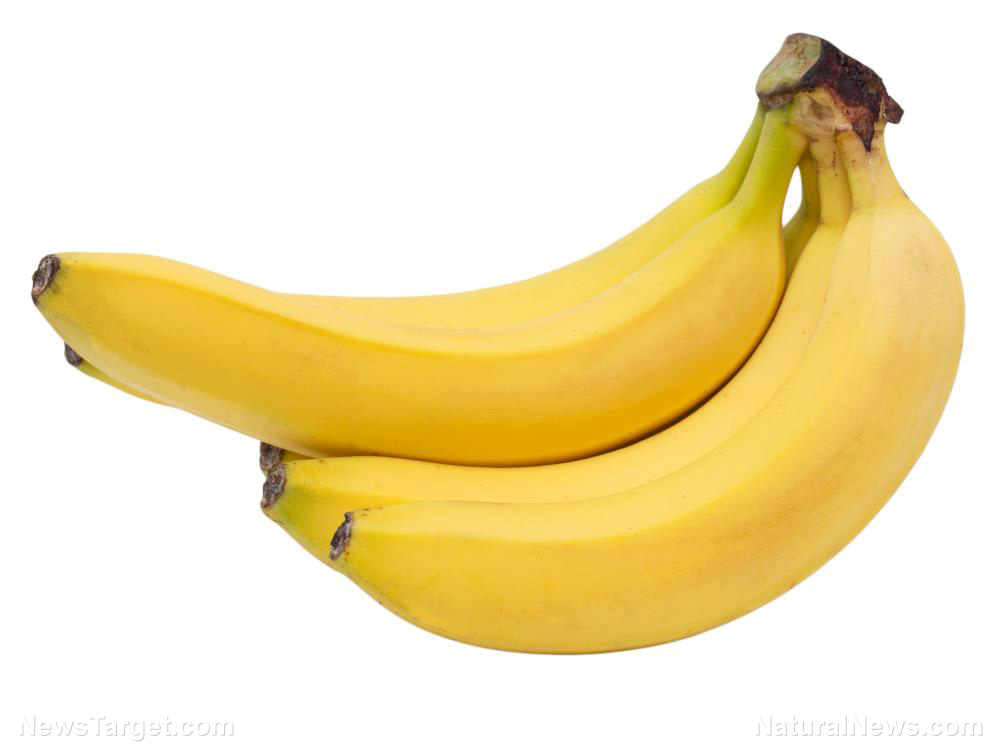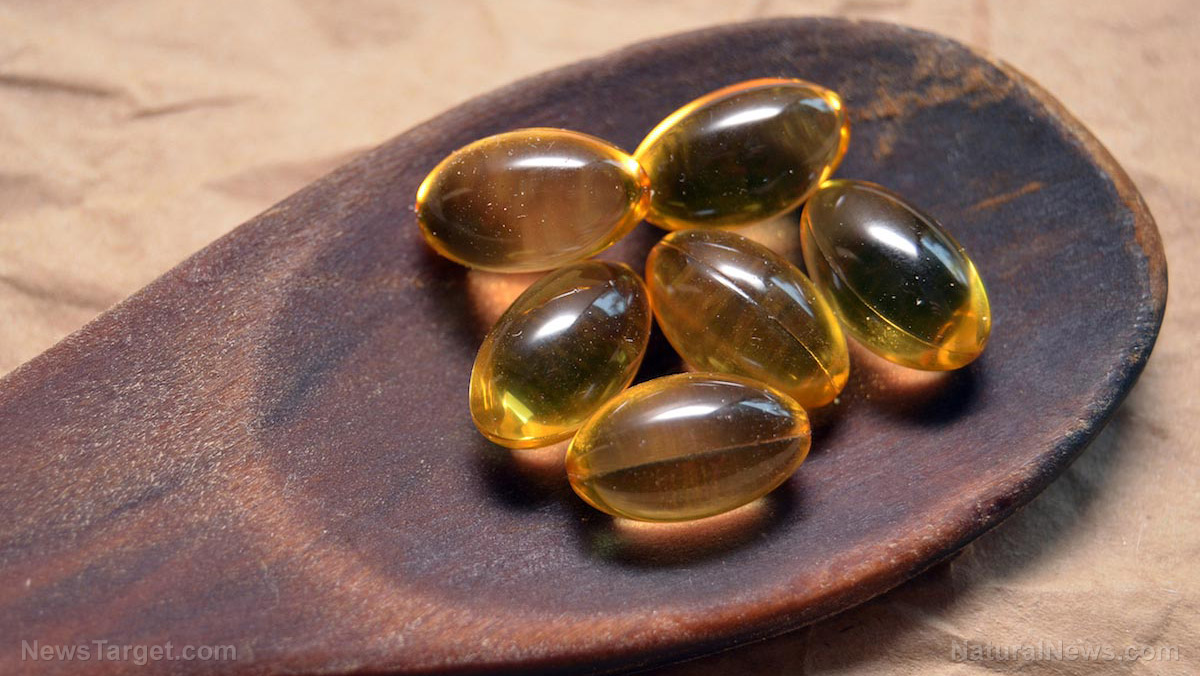Lactobacillus strains found in fermented foods are promising probiotic candidates
09/18/2018 / By Ellaine Castillo

Researchers show that Lactobacillus strains found in traditional Malaysian fermented foods have promising probiotic properties. The study, published in CyTA – Journal of Food, evaluated different strains of Lactobacillus based on their tolerance to low pH, bile salts, antibiotic susceptibility, and cell surface properties.
- Thirty Lactobacillus strains were isolated from Malaysian fermented foods, including tempeh, tapai, pickles, and budu.
- Turbidimetric method of pre-screening was done to determine the ability of the strains to survive. In addition to this, the ability to produce exopolysaccharides (EPS) was also determined.
- Based on the result of the pre-screening, six strains were selected for further characterization. These strains are TAP1, PIC7, BU11, BU14, TAP16, and TEMP9.
- Isolated Lactobacillus strains were identified using API50CHL kit. Further identification was also performed by amplifying the 16s rRNA gene sequences and comparing them with sequences on the GenBank DNA database.
- Assays were used to determine cell surface properties, such as auto-aggregation, co-aggregation, and hydrophobicity.
- The Lactobacillus strains were exposed to common antibiotics to determine antibiotic susceptibility.
The results of the study show that the Lactobacillus strains have great potential as probiotic candidates because of their ability to survive in low pH and bile salts. Aside from this, the isolated Lactobacillus strains also exhibited cell surface properties and antibacterial activity sensitive to common antibiotics.
Find the full text of this study at this link.
Learn more about the benefits of adding probiotics to a person’s diet by visiting Nutrients.news today.
Journal Reference:
Khalil ES, Manap MY, Mustafa S, Amid M, Alhelli AM, Aljoubori A. PROBIOTIC CHARACTERISTICS OF EXOPOLYSACCHARIDES-PRODUCING LACTOBACILLUS ISOLATED FROM SOME TRADITIONAL MALAYSIAN FERMENTED FOODS. CyTA – Journal of Food. 15 January 2018;16(1). DOI:10.1080/19476337.2017.1401007
Tagged Under: food, healthy diet, healthy gut, Lactobacillus, Malaysian fermented foods, probiotics

